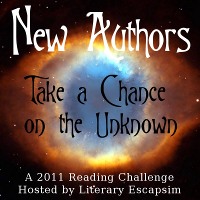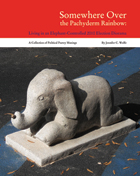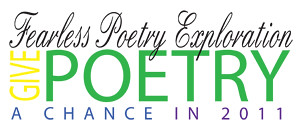Lagan Love by Peter Murphy is a dense novel steeped in Irish lore and angst. Janice, a Canadian, is a young student at the famed Trinity in Dublin, and she is easily swept up in the tumult that clings to the brooding poet Aiden. She’s a student who dreams of painting and traveling the world, and at one point dreams of her life with Aiden as the famous poet and painter duo. Is Aiden a struggling poet who has sold his soul for a few hundred dollars and a published collection, or is he the next Seamus Heaney?
His first collection of poems is published with the help of Gwen/Bridey, with whom he’s sleeping and who is married. Aiden thinks that by introducing Gwen and Janice, he can ensure Janice’s paintings get noticed and that his affair with Gwen remains a secret because publicly Janice will be seen as his muse/girlfriend. It’s not just Gwen, Aiden, and Janice, but Sinead as well who are searching. Searching for love or the darknesss within the light and vice versa.
“The dawn sprinkled the suburbs with golden promise that paled in the older parts of town, down streets broad and narrow to the docklands where everything was just plain and ordinary. Another brave new world beckoned, but Dublin was dubious — too often hope had been trampled down by foreign armies or strangled in dark alleys by the shadows of avarice and graft.” (page 9)
There are a number of references to ghosts, love, revolution, and even a succubus, which readers will have to wade through, discern the meaning of, and tackle before they can care about these characters with any real depth. Some cliched images and language are used throughout the novel, but those should not detract from the picture Murphy creates with his words. However, the density of the narration and metaphors does become too heavy, distancing the reader from the characters and possibly even causing them to step away from the book for a while. Beyond the density of the narration, there are several moments in the novel where the reader will be distracted by transitions between scenes and characters that are muddied, making it a puzzle readers must solve before they can delve back into the story (i.e. like the aftermath of one fight between Sinead and Janice — where readers may have a difficult time determining which character is in the next scene).
“His mind was a mess of disorganized verses piled on top of each other. Some were orphans and would wither, but others lingered defiantly, like stones in his shoes. They were the ones he found the time to polish. But even some of them were destined to irrelevance.” (page 20)
Like the love song, “My Lagan Love,” the novel is a bumpy ride but with an undercurrent of devotion to love and country. Murphy explores not only love and inspiration, but what it means to be an artist, especially an artist hungry for their voice to be heard. What is an artist willing to give up or what kind of compromises are they willing to make? He answers these questions, but also leaves a bit of mystery behind for the reader to examine and unravel. Lagan Love is a complex as love itself, particularly when artists and simply men and women are competing for the affections of the same person — even if only to be in control. Murphy’s style is as complex as his characters, but readers will be absorbed in the forlorn myths and legends created and expounded upon.
About the Author:
Peter Murphy was raised in Dublin, in a house full of books. After a few years studying life in Grogan’s, he wandered through the cities of Europe before setting out for Canada, for a while, and has been there ever since, raising a family. Lagan Love is his first novel.
This is my 1st book for the Ireland Reading Challenge.







 About the Author (From
About the Author (From 









